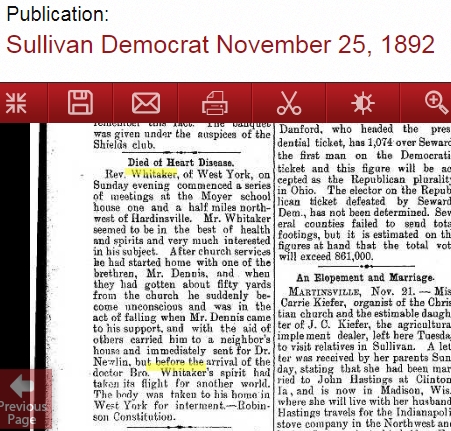Land! We all know that shout from the crows nest when the smallest member of crew who can get up there spots the first signs of a coastline after weeks if not months at sea. It’s a promise of stable ground under ones feet, especially for those immigrating to a new land, likely with very few possessions unless they happened to be wealthy. The experience of living on a ship smaller than a modern jet plane on multiple decks with your only food what is carried on board when you left your home, among strangers, with very little hope of ever seeing your family there again, would be enough to make anyone feel a thrill to get to your next destination and off the bloody boat!
Once landed, new challenges and opportunities lay ahead. Depending on the era and place, the land may be available to settle directly. Or it may require moving farther away from that initial landing to find new land to clear and establish a new fort or village or farm.
Our family includes all of these: the Cosines arriving in New Amsterdam in the 1600s to establish their farm on Stuyvasants estate, John Whitaker arriving as an indentured servant as a young man in Baltimore in the mid 1700s until he received his own plat of land in 1761 to raise tobacco and a family, John Berfanger with his wife and children arriving in New Orleans from Germany in 1844 making his way to Evansville as a place to put down his roots and marry his second wife after the death of his first, and the Pinters who came later from Hungary in 1893 and traveled to the open lands of Kansas, Texas and Oklahoma before widow Juliana moved her children back to northern Indiana to the industrial area of South Bend. Some were renters, but most managed to buy the land upon which they lived and raised their families. It was a valuable asset. They built farms and houses. Some helped establish new churches. And many were buried on that land or next to those churches that they built.
Land. The records of that land leads us to understand who and where our ancestors were, what they did, who their neighbours were, and how difficult or possibly easy their lives were lived. They landed on their feet or on their faces and then got up on their feet again. But with very few exceptions, they made a place for themselves and a history for us to imagine or discover.


